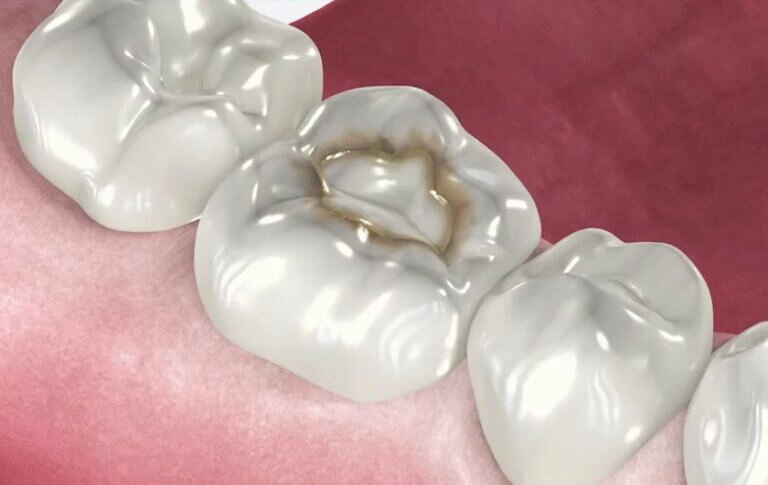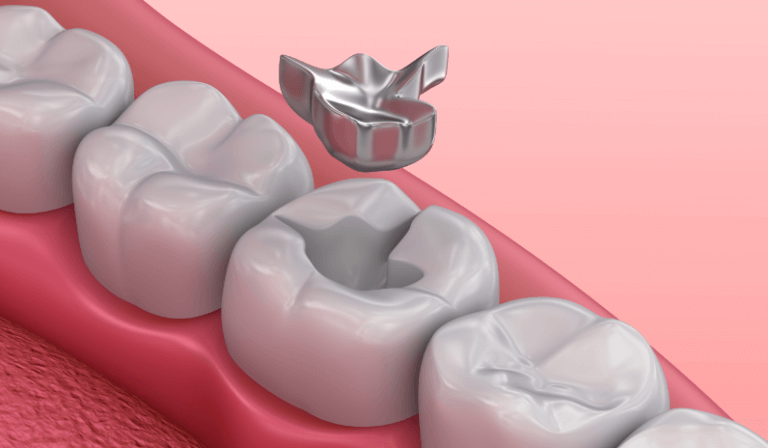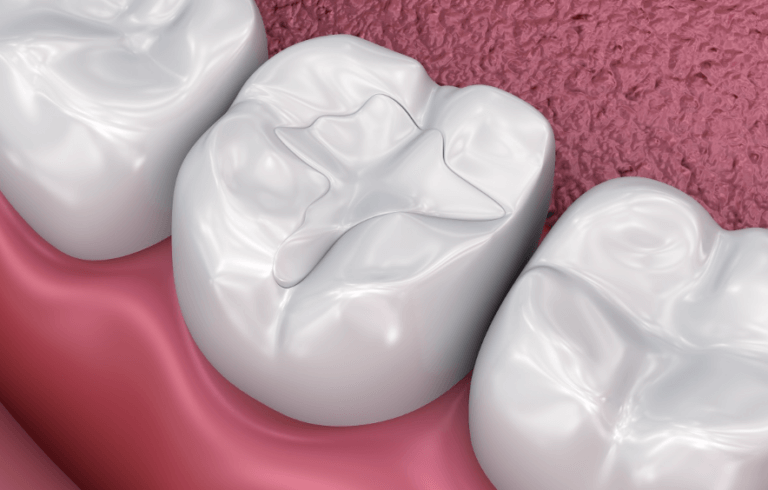Loose Tooth Filling

What Is A Loose Tooth Filling?
A loose tooth filling can be a frustrating and potentially harmful dental issue. Whether caused by decay, wear, or other factors, a loose dental filling leaves the tooth exposed to further damage and discomfort. When untreated, a it can lead to significant dental complications, such as the need for a root canal or even tooth extraction. Acting promptly can prevent further issues and restore your oral health.
Before you contact a Toronto dentist to examine a Loose Tooth Filling, there are some things you should know as a patient:
- Why Do I Have A Loose Tooth Filling?
- Signs And Symptoms Of A Loose Tooth Filling
- Treatment Options For A Loose Tooth Filling
- Managing A Loose Tooth Filling Until You Can See The Dentist
- Frequently Asked Questions About Loose Tooth Fillings
If you have questions about A Loose Tooth Filling or other dental problems, please contact us for more information.
Why Do I Have A Loose Tooth Filling?
Several factors can contribute to a loose or fallen-out filling, including:
- Tooth Decay: New decay around the edges of the filling can weaken its bond to the tooth.
- Wear and Tear: Daily chewing, clenching, or grinding (bruxism) can cause the filling to deteriorate over time.
- Cracks in the Tooth: Excessive forces on a filled tooth can create cracks, eventually dislodging the filling.
- Dental Trauma: Accidents or injuries can loosen or dislodge fillings.
- Age of the Filling: Fillings have a finite lifespan and naturally weaken with time.
- Improper Placement:Poorly fitted or improperly bonded fillings are more likely to loosen prematurely.
Identifying the cause of your loose filling is essential for choosing the best treatment. If you have further questions about a Missing Tooth Filling, please contact us.

Signs and Symptoms of a Loose Tooth Filling
If you have a loose filling, you may notice:
- Tooth Sensitivity: Increased sensitivity to hot, cold, or sugary foods and drinks.
- Pain or Discomfort: Pain when chewing or biting, especially if the filling exposes the tooth’s nerve.
- Visible Gaps or Cracks: A noticeable space around the filling or dislodged material.
- Tooth Discoloration: Staining or darkening of the area beneath or around the filling.
- Bad Breath or Taste: Decay under a loose filling can produce a foul odor or taste.
If you experience these symptoms, see your dentist promptly to avoid further complications. If you have further questions about signs and symptoms of a Loose Tooth Filling, please contact us.
Treatment Options for a Loose Tooth Filling
Depending on the extent of damage, your dentist may recommend:
- Replacing the Filling: The dentist will remove the loose filling, clean the area, and place a new filling.
- Dental Crown: For large or severely damaged teeth, a crown may be necessary to restore and protect the tooth.
- Root Canal Therapy: If decay has reached the tooth’s pulp, a root canal may be required before placing a new filling or crown.
- Tooth Extraction: In extreme cases where the tooth cannot be salvaged, extraction may be necessary, followed by a replacement like an implant or bridge.
Discuss the options with your dentist to determine the most appropriate treatment for your situation. If you have further questions about how to treat a Loose Tooth Filling, please contact us.

Managing a Loose Tooth Filling Until You Can See the Dentist
If your filling becomes loose or falls out, follow these steps to manage the situation:
- Clean the Area: Rinse your mouth with warm salt water to reduce bacteria and inflammation.
- Avoid Chewing on the Affected Tooth: Use the opposite side of your mouth to avoid further damage.
- Use Dental Wax or Temporary Filling Material: Available at most pharmacies, these products can temporarily protect the exposed area.
- Take Over-the-Counter Pain Relievers: Ibuprofen or acetaminophen can help manage discomfort.
These measures are temporary; visit your dentist as soon as possible for permanent treatment. If you have further questions about how to manage a Loose Tooth Filling, please contact us.
Frequently Asked Questions About Loose Tooth Fillings
- How long should a dental filling last?
Dental fillings typically last 5–15 years, depending on the material used and your oral hygiene habits.
- Can I eat if my filling is loose?
Avoid hard, sticky, or chewy foods. Stick to soft foods and chew on the opposite side of your mouth.
- What happens if I ignore a loose filling?
Ignoring it can lead to tooth sensitivity, decay, infection, and potentially the need for a root canal or extraction.
- Can I fix a loose filling at home?
Temporary solutions like dental wax can help, but you need professional treatment to address the issue permanently.
By understanding the causes and treatment options for loose tooth fillings, you can take proactive steps to maintain your oral health. If you have further questions about how to treat a Loose Tooth Filling, please contact us.

